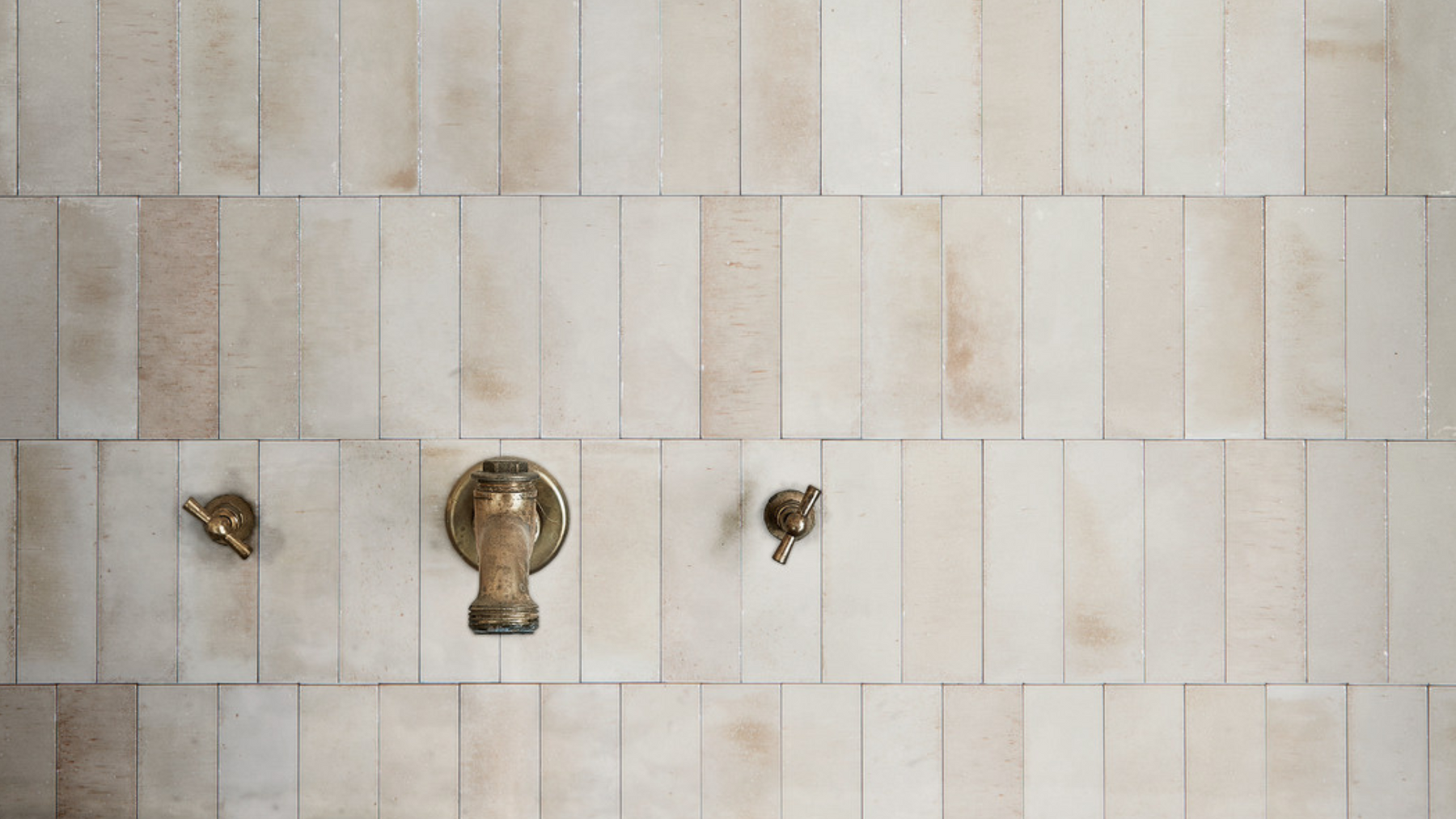
Decoding Shade Variation: Your Definitive Guide to Selecting Tiles for Home Design Mastery
When it comes to selecting tiles for your home, it's more than just picking colors or patterns. Shade variation plays a pivotal role in shaping the overall aesthetic. Journey through this comprehensive guide to shade variation, understanding its impact on your space, and discovering how to select the right tiles.
What is Shade Variation?
Shade variation, a natural characteristic in many tiles, particularly porcelain, stems from manufacturing processes. Grasp this crucial aspect to achieve the desired look in your space. It's akin to baking cookies—each batch won't look identical!
Types of Shade Variation:
-
V1 - Uniform Appearance: Perfect for modern designs, these tiles provide a consistent look with minimal variation, ideal for achieving a sleek and uniform appearance in contemporary spaces.
 Pictured Left to Right: Vail, Gem, Malibu, Kapalua
Pictured Left to Right: Vail, Gem, Malibu, Kapalua -
V2 - Slight Variation: Bring warmth and character to traditional designs with slightly varying textures or patterns within the same color group. Popular in transitional designs, these tiles add a touch of charm.

Pictured Left to Right: Savannah, Bali Breeze, Lustre, Capri -
V3 – Moderate Variation: Add visual interest to traditional or transitional designs with moderate variation. Colors and textures are indicative, but each piece has significant differences, creating a dynamic effect.
 Pictured Left to Right: Pacific, Grain, Zepplin, Surf
Pictured Left to Right: Pacific, Grain, Zepplin, Surf -
V4 – Substantial Variation: Ideal for a unique and eclectic look, these tiles showcase substantial differences in color and texture, perfect for those seeking a visually striking effect in their space.

Pictured Left to Right: Myriad, Prime, Foresta, Opus
Understanding the Impact:
-
Consistent Look: Low shade variation tiles are ideal for sleek and consistent appearances, perfect for contemporary designs.
-
Timeless Appeal: Slight and moderate shade variation tiles provide a classic and timeless look, suitable for various design styles.
-
Distinct Character: Higher shade variation tiles add character and depth, making them perfect for those seeking an eclectic or rustic vibe.
Choosing the Right Shade Variation:
- Consider the Room's Purpose: Opt for low variation in areas requiring a clean, uniform look (e.g., kitchens, bathrooms), while moderate or high variation suits spaces desiring a more dynamic atmosphere (e.g., living rooms, entryways).
- Pair with Other Design Elements: Ensure the chosen shade complements your space's color palette and existing design elements.
- Ask for Samples: Request samples before making a final decision. Witness how shade variation looks in your own lighting and alongside other design elements in the same room. Urban Coast Tile offers a special deal! Use code FREESAMPLES at checkout to receive up to 5 free samples when you place an order.
Understanding shade variation is vital for achieving the desired visual impact in your space. Whether you prefer a sleek and uniform look, a classic and timeless appeal, or a more eclectic and dynamic atmosphere, choosing the right shade is paramount. Consider factors like the room's purpose, existing design elements, and request samples to confidently enhance your home's aesthetics with the perfect tiles.


